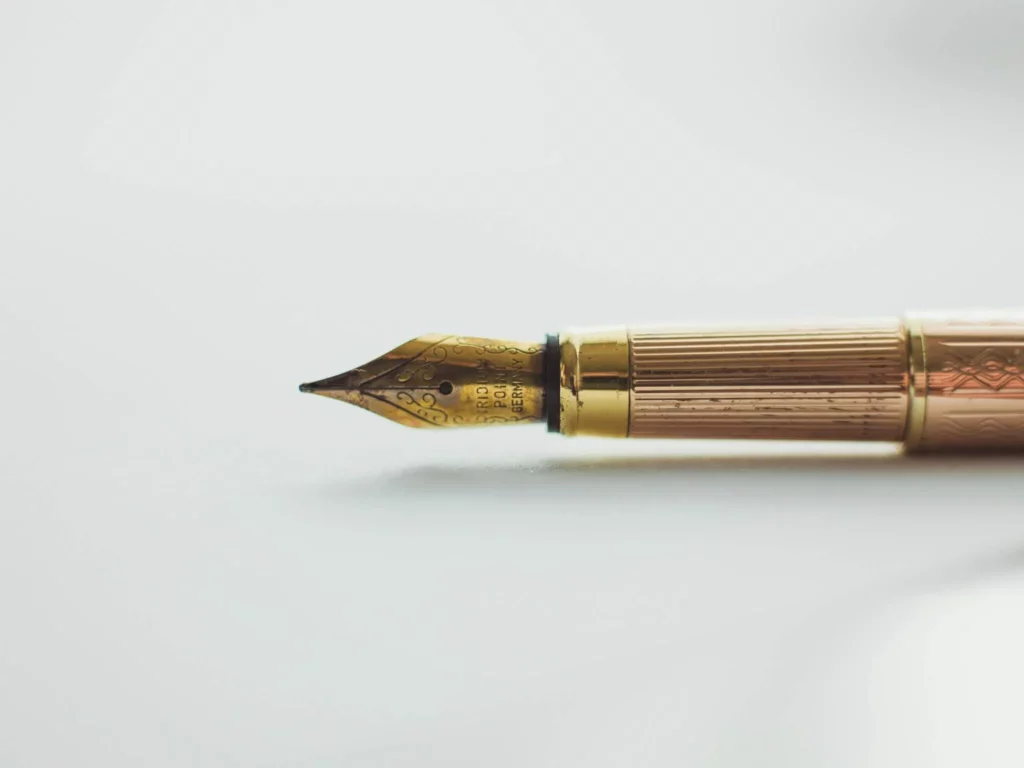Creating an effective chase scene in creative writing involves more than just detailing a straightforward pursuit. To truly immerse your readers and evoke the high-stakes tension of a chase, it’s essential to employ a variety of literary techniques and strategies. Here’s how to craft chase scenes that thrill and engage, keeping your readers on the edge of their seats.
Establish the Setting
Start by setting the stage for your chase. Whether your characters dash through crowded city streets, race across rugged terrains, or navigate the eerie corridors of an abandoned building, the environment plays a crucial role. Describe the setting vividly to place your reader right there alongside your characters. Use sensory details to enhance the atmosphere—mention the sounds of footsteps echoing on cobblestones, the harsh breaths of the pursued, or the ominous rustle of leaves in a dark forest.

Introduce Your Characters
Introduce both the pursuer and the pursued early in the scene. Give readers a clear picture of who is involved in the chase and why. This is not just about who they are, but also about their physical and emotional state. Are they scared, angry, or desperate? What physical condition are they in? Are they an experienced runner, or are they clumsily stumbling as they try to escape?
Use Dynamic Action Verbs
To convey the urgency and speed of a chase, utilize dynamic action verbs. Words like sprinted, dashed, hurdled, and plunged add immediacy and pace to your writing. Short, punchy sentences can help ramp up the pace, while longer, more complex sentences might be used to slow down the scene momentarily and build suspense.

Incorporate Obstacles
Chases are rarely straightforward, so include obstacles both physical and emotional. Perhaps your character needs to leap over a fallen tree, navigate through a busy market, or overcome their fear of heights to jump across rooftops. Each obstacle should pose a significant challenge, heightening the tension and testing the resolve and resourcefulness of the pursued.
Highlight the Stakes
Clearly outline what’s at stake in the chase. What happens if the pursued gets caught? What does the pursuer stand to gain? High stakes add emotional depth and tension to the chase scene, making it more than just a physical pursuit. Whether it’s a matter of life and death, escaping from a villain, or racing against time to deliver a crucial message, ensure the stakes are high and clear.

Mix in Internal Monologue
Pepper in your character’s thoughts and fears to add depth to the physical action. An internal monologue can provide insight into the character’s desperation and determination, and it helps to slow down the action just enough to let readers catch their breath. However, be careful not to overdo it and slow down the pace too much.
Use Dialogue Sparingly
Dialogue during a chase can be an effective way to add tension, but keep it brief and impactful. Perhaps a shouted warning, a desperate plea, or a terse command can add to the drama without slowing down the action. Remember, dialogue during a chase should be concise and add to the urgency of the situation.

Apply Sensory Details
Engage all the senses to make the scene pop. The scent of rain on the city streets, the sting of cold air as characters race through a night forest, or the taste of blood from a bitten lip can all add realism and immediacy to your chase scene.
Consider Perspective
Decide whose point of view the chase is described from. Will you follow the pursued, sharing their panic and fear, or will you align with the pursuer, focusing on determination and strategy? Each perspective offers different opportunities for tension and engagement.

Wrap Up Effectively
End your chase scene with a strong conclusion. Whether it’s a narrow escape, a dramatic capture, or a surprising twist, the end of the chase should offer some resolution while potentially setting up further narrative developments.
By blending these elements effectively, your chase scenes can be as dynamic and compelling as the rest of your narrative, contributing significantly to the overall drama and tension of your story. Remember, a well-crafted chase scene is not just about the physical act of running; it’s about the emotional resonance and the narrative tension that it brings to your story.
